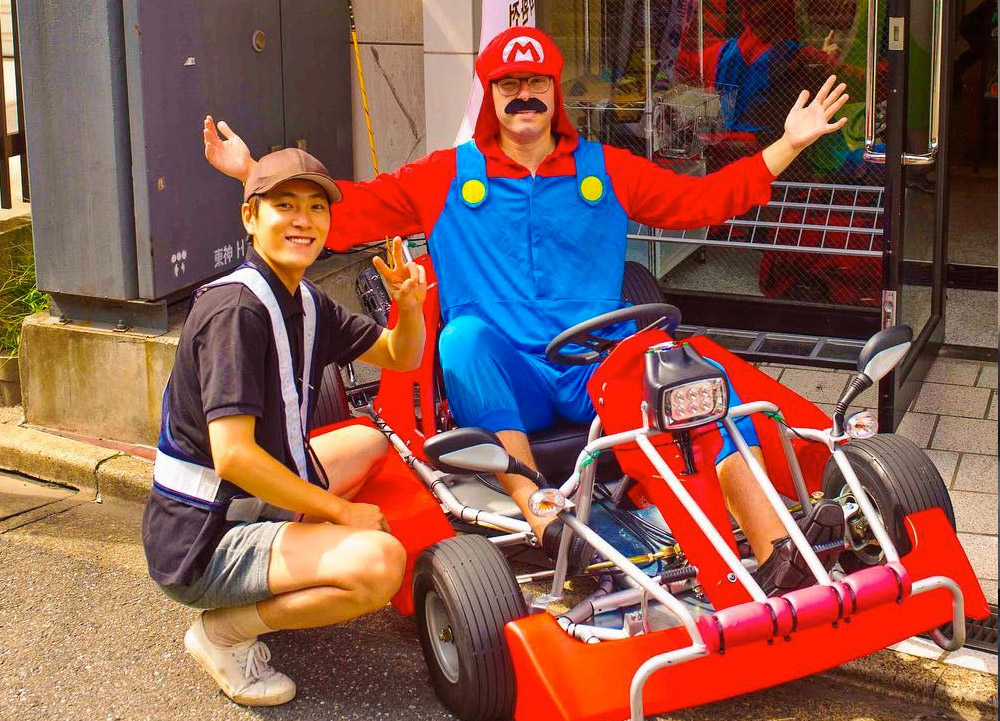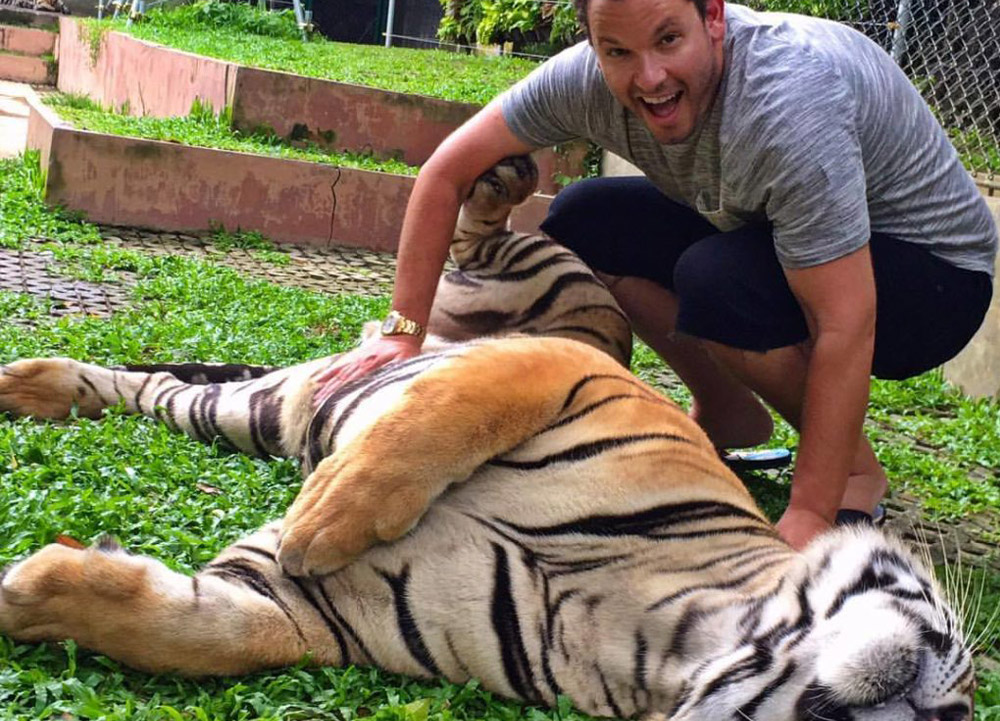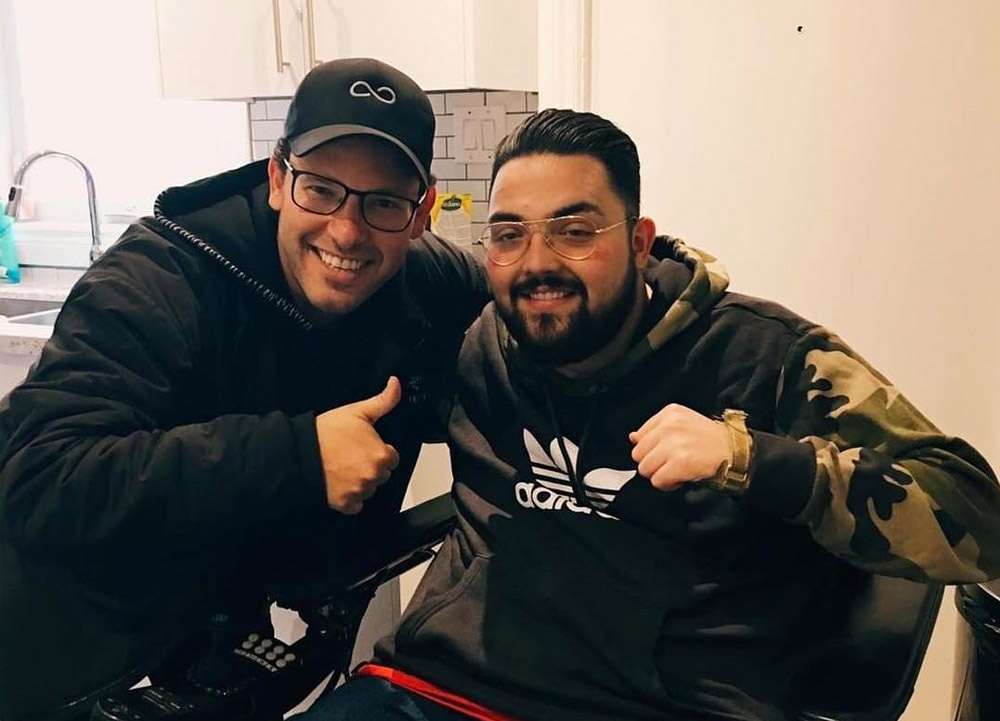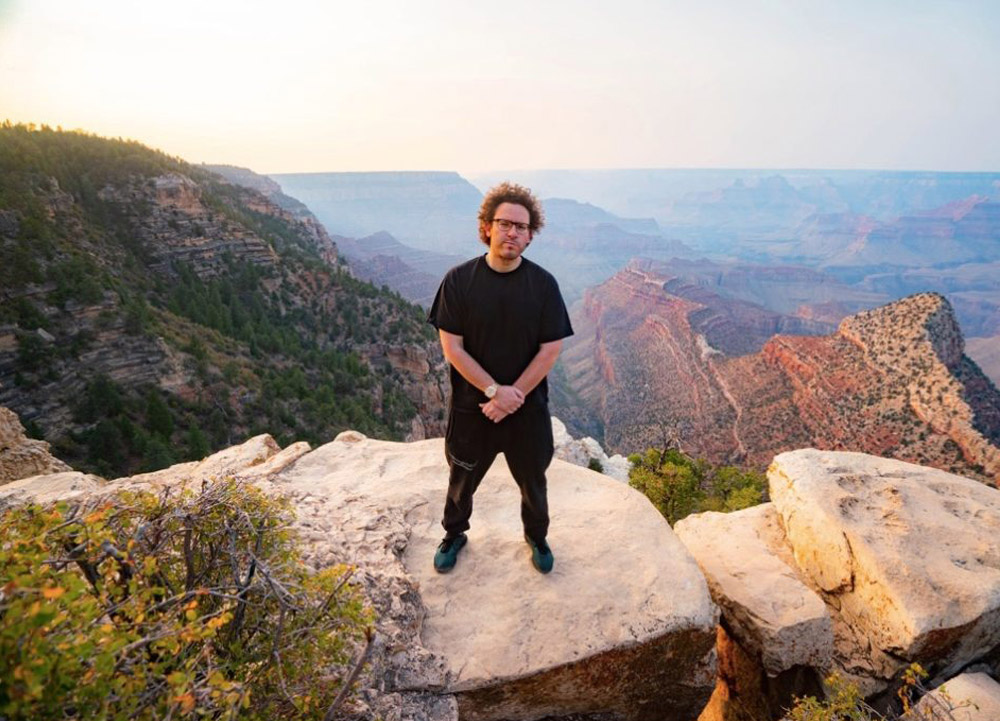I’ve gotten this question a lot over the years … What is first red day pattern trading?
Short sellers are the traders who generally look for first red day patterns. Since early 2020, we’ve been in a CRAZY bull market. It blows my mind that some traders still prefer to go short.
We’re seeing so many setups on the long side — maybe the most I’ve ever seen. I feel like there’s no good reason to fight the market. The trend is your friend…
That’s why shorting can be dangerous. It can be hard to manage your risk, especially if you’re a newbie. And you have to be on the lookout for short squeezes. But traders can be stubborn…

So instead of trying to convince you not to use it, I’ll help you understand first red day pattern trading. In this post, I’ll get into first red day pattern trading setups, how to manage the risks of trading first red day stocks, and more.
If you truly want to be a short seller, this can be a good pattern to have in your trading arsenal. But you must know what you’re doing!
Let’s get into it…
What Is a Red Day in Stocks?

If a stock closes below its opening price, it’s had a red day.
Say a stock opens at $1 and closes at 80 cents. That would be a red day. Most stock charting software would show the day’s action in red.
In first red day pattern trading, you’re not just looking for any red day. First, you want to see a stock have multiple green days in a row. That’s a sign it could become overextended. And with this trading pattern, overextension is key.
Want to level up your trading? Build a solid trading foundation from pattern basics to practice for a GREAT price. Get in my 30-Day Bootcamp now!
Understanding First Red Day Pattern Trading

Let’s look at the fundamentals behind first red day pattern trading. Ideally, you’re looking for a stock that’s become overextended to the long side.
A stock may be overextended if it moves quickly to the upside without any major selling or pullback.
At these price levels, there might be fewer potential buyers. Traders may think the stock’s too expensive, or maybe they’re afraid the move already happened.
Any fair amount of selling pressure could cause the price to drop back to support. If traders race to lock in profits, it can create a panic-like effect. This can cause a multi-day runner to pull back. If it loses a lot of momentum, it may have a red day.
First red day pattern trading relies on using overhead resistance as a risk level. In this case, overhead resistance will usually come from traders who bought the stock on its last push upward.

Sometimes, these buyers will choose to hold the stock until they can break even or get out with a small loss.
That’s why some runners have trouble getting through overhead resistance — many traders might be waiting to dump their shares. If there’s too much selling, the stock might not be able to get through that price level.
This price action is where first red day pattern trading comes in.
Shorts start by identifying the area of overhead resistance. Then they go short as the stock tries to retest those levels. If it fails, they can use that area of resistance as a risk level to cover short positions.
You must know what you’re doing when you trade penny stocks. Start building your knowledge base now with my FREE online guide!
First Red Day Pattern vs. First Green Day Pattern

These are both popular day trading strategies. If you know what you’re doing, these patterns can be your friends.
In some ways, they can mirror each other. For example, both can happen at the end of an overextended move either to the upside or downside. But there are differences you need to be aware of before trading these patterns.
A first red day pattern uses overhead resistance as a risk level. But with a first green day, traders usually use underlying support as a risk level.
Resistance is typically an area above the current price where there could be more sellers. Support is generally an area below the current price where there could be more buyers.
Traders use the first red day pattern to short stock and the first green day pattern if they’re going long. A first red day can work best after multiple green days, and a first green day can work best after multiple red days.
Always remember: These patterns rely on a stock that’s overextended, either up or down.
First Red Day Setup: How Can You Take Advantage of the First Red Day Pattern?

The first step is finding a multi-day runner. Big gains are key here — 200%, even 500% — over a few days.
Shorting stocks can be scary in the best situations, so traders shouldn’t settle for weak runners. Shorting can work better on stocks that are WAY overextended.
Next, find an area of potential resistance. Let’s use a hypothetical example…
Say a stock has run from $1 to $8 in a week. Then one morning, it makes a final push to $8.50. But it fails to break out and pulls back to the $7s.
The $8.50 level could be a good area of overhead resistance to use as a risk level.
If the stock consolidates and tries to retest that level, you’ll want to go short NEAR the area of resistance … let’s say $8.35. You’d then want to set a stop-on-quote order to cover your shares just above the resistance — in this case, $8.51.
This means you’ll be risking 16 cents. If it’s a solid setup, you can potentially make several times what you’re risking.
But be aware of support levels. The stock could find buying support and bounce.
With first red day pattern trading, traders should look to cover positions near these support levels. You don’t want to get stuck in a bounce that could lead to a short squeeze. That’s when shorting gets super risky.
2 First Red Day Trading Strategies

Even when I talk about shorting stocks, I can’t help but talk about going long. I think it can be a better trading style for new traders to learn, especially in this insane market!
Let’s look at a few of my favorite penny stock patterns for going long…
Dip Buying Huge Panics
This is one of my all-time favorite patterns. I’ve seen this pattern repeat in the markets for a long time. I think the pattern works best when it happens in the morning.
Sometimes, it can happen as a result of a first red day.
Here’s how to spot it…
Find a stock that’s been running for several days. At some point, there’s usually a sell-off. When this happens, traders have to react quickly. Some may panic and sell their shares.
Look for at least a 20% drop in price — more is better. Ideally, you want to see the price dive in just a few minutes.
This can cause buyers to see the stock as a discount. Look out for high volume to come in. Some traders use Level 2 quotes to find this area.
The stock may bounce quickly in this kind of situation. But don’t chase it too high! Aim near the bottom. If you miss the buy, take notes and try again another time.
You can’t just buy any stock that dips. Only buy a panic dip when it makes sense. That means it’s gotta be a multi-day runner and buyers MUST see the price drop as a discount.
In a crazy market like this, you gotta know how to handle volatile stocks. Get the “Volatility Survival Guide” now for no cost and to learn how to navigate wild markets!
Shorting Parabolics
This pattern can be dangerous. When you buy a stock, you can’t lose more than you invest. But when you short a stock, you stand to lose way more if it runs to higher prices.
This pattern usually occurs on a one-day chart. It typically happens at the top of a multi-day run. A stock can go parabolic when there’s minimal selling and buyers continue to chase it higher and higher.
Look for the buying volume to slow down. If a parabolic stock pulls back, shorts look to enter near the top and use the high of that spike as a risk level. Or if there’s a resistance point on the daily chart, short sellers could use that level.
Never break your rules or hold and hope. If you don’t respect your risk level, you could potentially get squeezed.
How to Manage the Risks of Trading First Red Day Stocks

Always remember my #1 rule … cut losses quickly!
Shorting can be a dangerous game. I don’t recommend it for day traders … especially not beginners.
But if you decide to try first red day pattern trading, use a tight risk level and stick to it. You can do this by going short near the overhead resistance and risking just above that level.
With any trading pattern, the focus should be on risk/reward. You can only maintain good risk/reward when your wins are bigger than your losses.
So, with the first red day pattern, make sure the downside potential is big enough to cover the upside risk several times. You can do this by finding a potential area of support. Always ask if it’s far away enough to make sense.
Frequently Asked Questions About the First Red Day Pattern Trading

What Is a Morning Panic in Stocks?
A morning panic usually happens at the end of a multi-day run. A stock that makes BIG gains for several days can become overextended. Then if it has a weak open or gaps down, traders may panic and sell their shares. The price can drop fast … sometimes 50% or more. Buyers can see the price drop as a discount. With enough buyers, it can cause a BIG bounce to the upside.
What Patterns Do Day Traders Look For?
Day traders look for all different kinds of patterns, depending on their trading style. Some top patterns for new traders are breakouts, first green day, and panic dip buy. I’ve been seeing these patterns repeat for over 20 years. They can be great for learning stock market basics, like I teach in my Trading Challenge.
What Does Shorting On a First Red Day Mean?
Say you think a multi-day runner will have a pullback and a red day. You want to see the stock make one final push upward, but fail to break a price level. You’d then look to go short when the stock retests that resistance area. Set your risk just above this area and remember to cut losses quickly!
Can You Make Profits With the First Red Day Trading Pattern?
It’s possible to profit with any trading pattern, including the first red day. But focusing on profits is the wrong mindset … Your education should be your top priority! Concentrate on building a solid strategy and trading plan. Define your rules and stick to them.
Apply to My Trading Challenge

If you’re committed to learning, apply to my Trading Challenge.
Day trading can offer a lot of potential freedom … But only if you’re willing to put in the work to make it in the markets.
If you make the cut and are accepted, you’ll get access to TONS of learning material — video lessons, webinars, and more. You’ll also be a part of our Challenge chat room. That’s where you can network with hardworking traders … You can learn a lot from each other.
I’ve been trading for 20+ years and teaching for over 10. Several six- and seven-figure traders found their way starting in my Challenge.* Now they’re self-sufficient using a handful of trading patterns.*
If you have the dedication, the Challenge can help you develop an eye for patterns and so much more. Apply today and start your journey!
(*These results are not typical. Individual results will vary. Most traders lose money. These top traders and I have the benefit of many years of hard work and dedication. Trading is inherently risky. Always do your due diligence and never risk more than you can afford to lose.)
First Red Day Pattern Trading: The Bottom Line

Now you have some good information on first red day pattern trading. Again, I don’t recommend shorting — but if you know what you’re doing and manage your risk, you can learn how to trade this pattern.
There’s no shortcut to becoming a self-sufficient trader. It takes hard work and practice. You need to get into the trading mindset … Develop a solid trading plan and practice discipline when applying it.
Stay focused on your education. Keep studying and try to improve a little bit every day.
What do you think of first red day pattern trading? Let me know in the comments!
The post First Red Day Pattern Trading: How to Take Advantage of it appeared first on Timothy Sykes.
